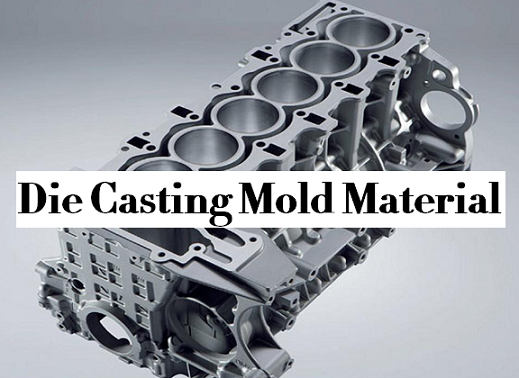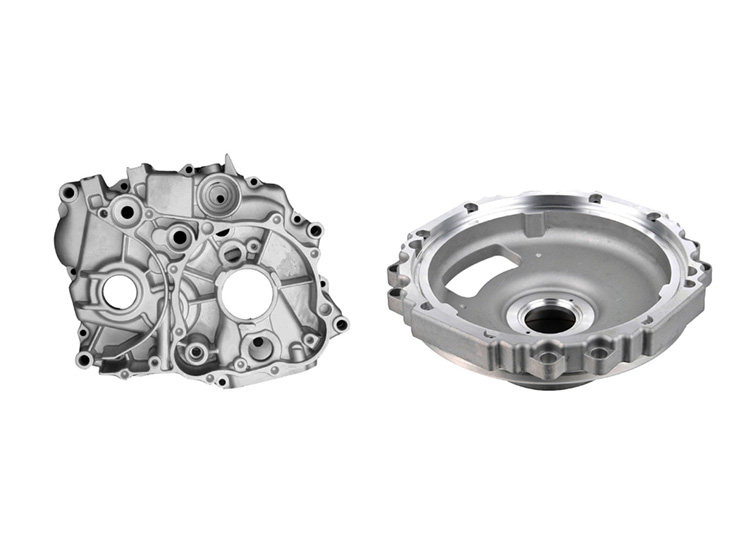Our Stahl Specialty Company PDFs
The Buzz on Stahl Specialty Company
Table of ContentsThe 2-Minute Rule for Stahl Specialty CompanyThe Buzz on Stahl Specialty CompanyThe Ultimate Guide To Stahl Specialty CompanyNot known Facts About Stahl Specialty CompanyStahl Specialty Company Can Be Fun For AnyoneRumored Buzz on Stahl Specialty Company

If you're making a metal item, you've likely taken into consideration utilizing aluminum as the base material. Pure light weight aluminum has limited applications, so it is commonly integrated with other elements, such as silicon, magnesium, and manganese to create alloys.
Different components and amounts generate a wide range of desirable physical and chemical properties. And the Light weight aluminum Organization (AA), based in The United States and copyright, has actually developed specs that manage light weight aluminum alloys' composition, homes, and nomenclature. There are two kinds of aluminum alloys wrought and cast. Shop workers develop these alloy enters various ways, which considerably influences their characteristics.
Stahl Specialty Company for Beginners
Cast light weight aluminum alloys are made by melting pure light weight aluminum and integrating it with other steels while in liquid kind. The mix is poured right into a sand, die, or investment mold and mildew.

For instance, 160.0 stands for a cast with a minimum of 99.60% aluminum. The 4th figure, which comes after the decimal point, defines if the alloy is a casting (xxx. 0) or an ingot (xxx. 1). Wrought aluminum alloys additionally start by integrating liquified light weight aluminum with other metals. In comparison to cast alloys, nonetheless, they are formed into their last form through processes such as extrusion, rolling, and bending after the metal has strengthened right into billets or ingots.
There are several small distinctions between wrought and cast aluminum alloys, such as that cast alloys can include much more considerable quantities of various other steels than functioned alloys. Yet one of the most notable difference in between these alloys is the fabrication procedure where they will certainly most likely to supply the last item. Besides some surface treatments, cast alloys will certainly leave their mold and mildew in nearly the specific solid type desired, whereas functioned alloys will certainly undertake numerous adjustments while in their solid state.
If you believe that a functioned alloy might be the best for your job, take a look at some of our articles that clarify even more regarding particular functioned alloys, such as Alloy 6061 and Alloy 6063. On the various other hand, if you believe a cast alloy would certainly be better for you, you can discover more regarding some cast alloys in our Alloy 380 and Alloy 383 articles (coming quickly).
The 6-Minute Rule for Stahl Specialty Company
When picking a light weight aluminum foundry for your manufacturing requirements, it's essential to research a number of variables. One of one of the most critical elements to consider is the experience and skills of the shop. Foundry. Selecting a foundry who has the ideal knowledge of the aluminum spreading process, and the profile to reveal for it, helps to have a successful end result for your task
Having the experience and sector understanding to craft your spreadings for optimum production and top quality results will improve the project. Producing light weight aluminum castings needs a facility collection of procedures to achieve the right results. When selecting a brand-new aluminum foundry to partner with, ensure they have considerable sector experience and are knowledgeable about all aspects of the aluminum casting procedure: style, manufacturing, product evaluation, and product testing.
The foundry ought to also have a tested performance history of supplying extraordinary items that meet or go beyond consumer expectations. Quality control needs browse around these guys to also be at the top of your checklist when picking a light weight aluminum shop. By dealing with a certified shop who complies with the requirements for high quality control, you can safeguard the integrity of your item and ensure it fulfills your requirements.
By picking a business that provides solutions that satisfy or exceed your item demands, you can be sure that your job will be finished with the utmost precision and efficiency. Various parts call for different manufacturing strategies to cast aluminum, such as sand spreading or die spreading.
The Definitive Guide for Stahl Specialty Company
Pass away spreading is the name provided to the process of developing complex metal elements via usage of molds of the part, additionally referred to as dies. The procedure utilizes non-ferrous metals which do not consist of iron, such as light weight aluminum, zinc and magnesium, due to the desirable residential or commercial properties of the steels such as low weight, higher conductivity, non-magnetic conductivity and resistance to rust.
Pass away spreading production is quick, making high manufacturing degrees of parts easy. It produces more parts than any kind of other process, with a high degree of precision and repeatability. To find out more regarding die spreading and pass away casting materials utilized at the same time, kept reading. There are three sub-processes that fall under the category of die spreading: gravity pass away spreading (or long-term mold and mildew spreading), low-pressure die spreading and high-pressure die casting.
Despite the sub-process, the die spreading procedure can be broken down into 6 steps. After the pureness of the alloy is examined, passes away are produced. To prepare the craves spreading, it is essential that the dies are tidy, to make sure that no deposit from previous productions remain. After cleaning, the ejection lubrication is related to the die to make certain a smooth launch.
The 8-Second Trick For Stahl Specialty Company
The pure metal, likewise called ingot, is included to the heater and kept at the molten temperature level of the metal, which is then moved to the injection chamber and injected right into the die. The stress is then preserved as the metal solidifies. As soon as the steel solidifies, the cooling process starts.
(https://papaly.com/categories/share?id=c26321f23f6c4357aeb3039fb1053821)
The thicker the wall surface of the component, the longer the cooling time due to the quantity of interior steel that also needs to cool. After the component is fully cooled, the die halves open and an ejection mechanism presses the element out. Complying with the ejection, the die is closed for the next injection cycle.
The flash is the additional material that is cast during the procedure. Deburring eliminates the smaller items, called burrs, after the trimming process.
The Best Guide To Stahl Specialty Company

Zinc is one of the most used alloys for die spreading due to its lower cost of raw products. Its rust resistance also permits the elements to be long long-term, and it is one of the extra castable alloys due to its lower melting point.
As stated, this alloy is among the most commonly made use of, yet produces will, sometimes, select aluminum over zinc as a result of aluminum's production advantages. Light weight aluminum is extremely economical and among the more functional alloys. Aluminum is utilized for a variety of different items and industries anything from home window frameworks to aerospace materials.